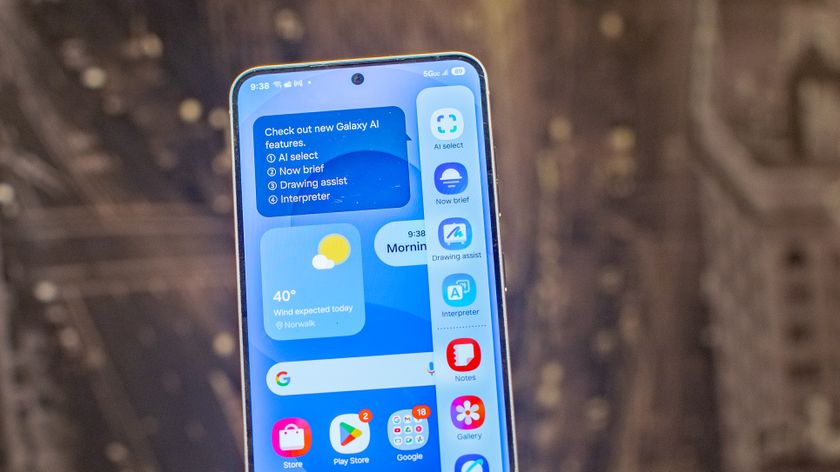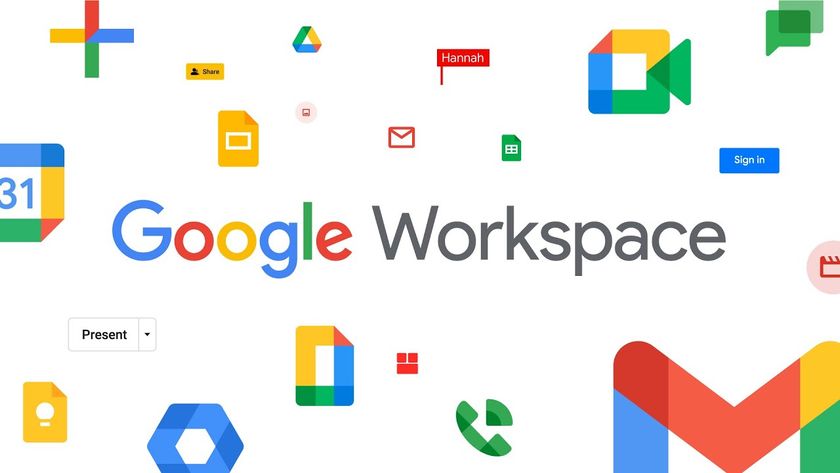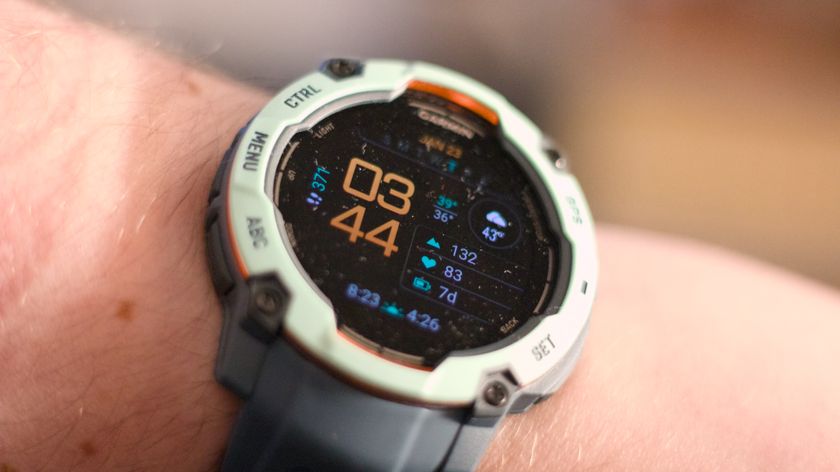Why live chat could be a matter of life or death for businesses
Only a fifth of organisations in Europe use live chat
Why has live chat not caught on in the UK?
About 70% of businesses in the US have live chat, but it's oddly absent from the mainstream business sector in the UK and Europe. But why?
"Potentially there's nervousness around pushing large amounts of call centre volume towards live chat and getting staff properly trained up on how to use it, but that could easily be resolved by providing more comprehensive training," says Williams. "It's just a natural progression towards a new and emerging standard, and issues will be addressed as more businesses gain confidence."
So far it's been most popular with recruitment agencies, universities and IT support – which demonstrates the concept's versatility – but Williams thinks the tipping point will be when major retail sites incorporate live chat into their websites, saying: "Big brand buy-in will give more people access to live chat, making it widely known and understood."

How to choose live chat software
Platforms that host and handle live chat aren't just Skype and WhatsApp in a different wrapper. Good software will produce statistics on customer activity, it will help to identify common customer complaints that could lead to a better website or product being developed, and it will include canned response tools to save time, too (after all, no agent wants to physically retype advice on resetting passwords – always the most frequent question asked by customers).
Since it's much easier to mine a text document for keywords than go through recorded phone calls, it's easy to identify common requests. So is real-time document exchange; that contract, statement, form or product manual can be zapped across during – and within – the chat.
Going global
Live chat can also do something few businesses consider – remove the language barrier and open up the global market. "An effective live chat solution lets you speak your customer's language," says Williams, and that's not something a call centre usually offers. "Chat translation is done in real-time, ensuring that both the agent and customer are able to communicate comfortably, and without delay."

The multichannel chat future
Is live chat merely a precursor to the 'multichannel customer experience'? For now it's about real-time, instant online support, but digital customer assistants could soon take it to the next level by incorporating face and voice recognition.
Are you a pro? Subscribe to our newsletter
Sign up to the TechRadar Pro newsletter to get all the top news, opinion, features and guidance your business needs to succeed!
In its report 'Top Strategic Predictions for 2016 and Beyond: The Future Is a Digital Thing', analyst firm Gartner predicts that future customer interfacing "will mimic human conversations, with both listening and speaking, a sense of history, in-the-moment context, timing and tone, and the ability to respond, add to and continue with a thought or purpose at multiple occasions and places over time."
The report states that once face and voice recognition technologies become common and ubiquitous across all kinds of platforms as easy ways of searching for products and sorting through data, customers will be more than happy to use them. "This signals an emerging demand for enterprises to deploy customer digital assistants to orchestrate these techniques and to help 'glue' continual company and customer conversations," reads the report.
From 2015 those scenarios might seem far-out, but we already know that the use of digital communication platforms like Twitter and even websites themselves aren't about tech for the sake of it. With Millennials and digitally native customers on the rise, using the latest popular messaging and communication techniques could be about staying relevant – and surviving.
Jamie is a freelance tech, travel and space journalist based in the UK. He’s been writing regularly for Techradar since it was launched in 2008 and also writes regularly for Forbes, The Telegraph, the South China Morning Post, Sky & Telescope and the Sky At Night magazine as well as other Future titles T3, Digital Camera World, All About Space and Space.com. He also edits two of his own websites, TravGear.com and WhenIsTheNextEclipse.com that reflect his obsession with travel gear and solar eclipse travel. He is the author of A Stargazing Program For Beginners (Springer, 2015),












